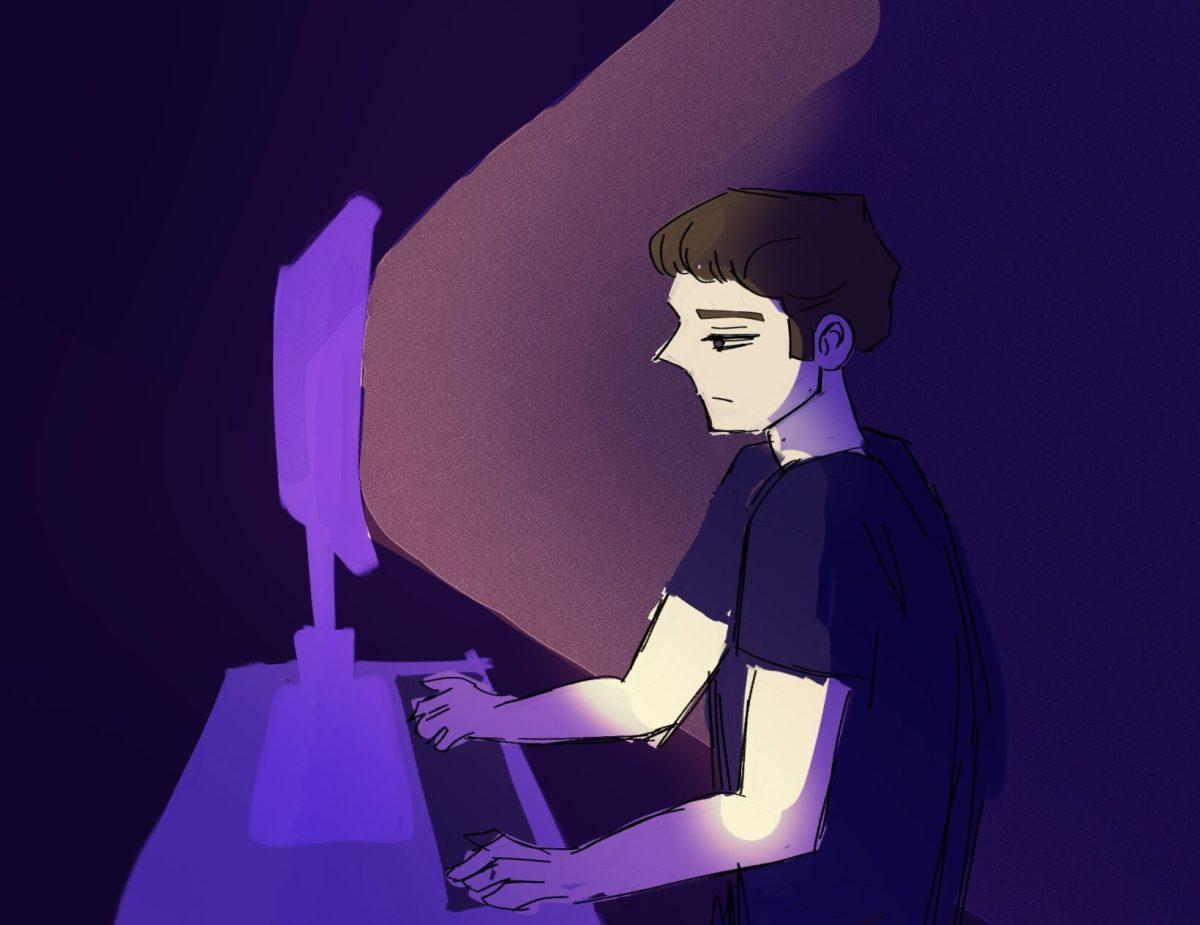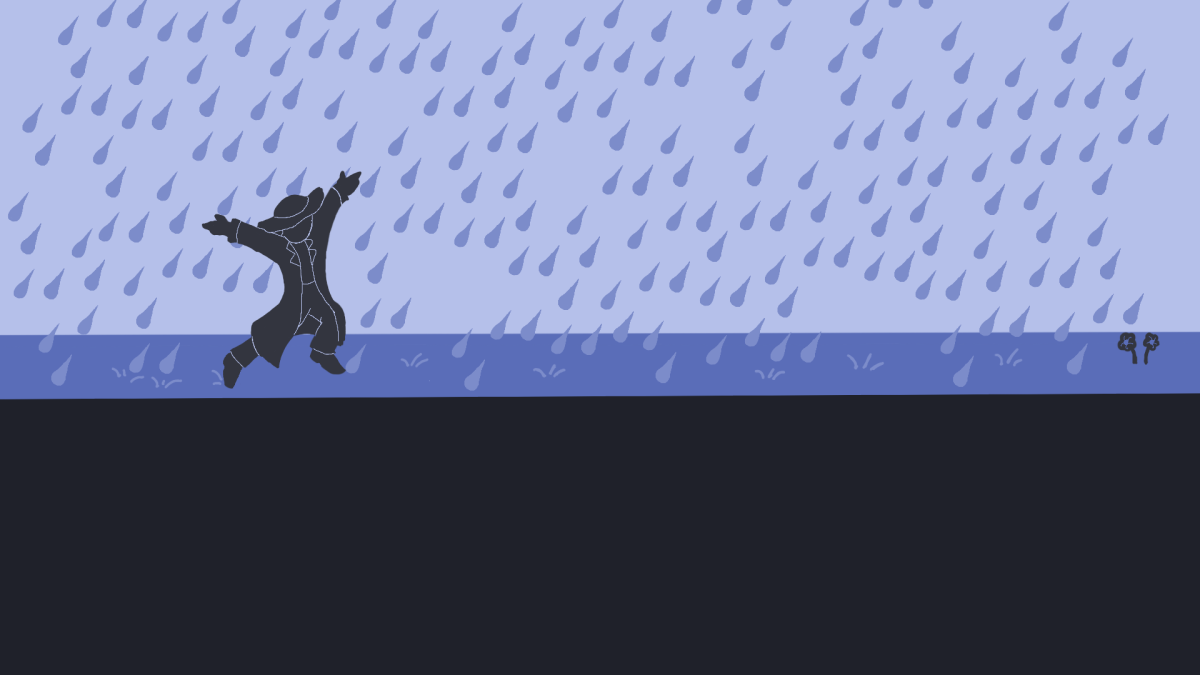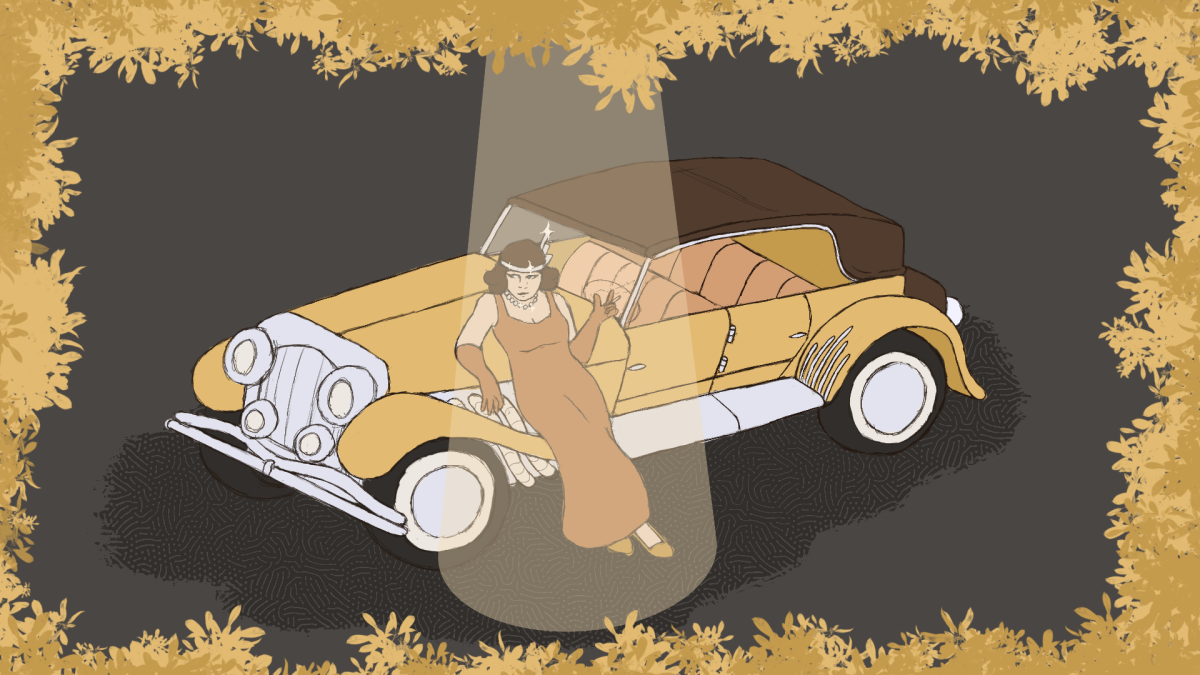Last Saturday, the Wolfpack kicked off the football season with a 24-13 win over James Madison University. With the arrival of football came the typical fanfare brought on by the sport. Tailgating in the Carter-Finley parking lot, reconnecting with alumni and shouting NC State chants in the student section are all some of the reasons why we cherish the sport so much.
Although as enjoyable as football season is, there is an inescapable guilt that comes with watching. In the wake of the chilling study conducted by Dr. Ann McKee, viewing the sport has felt much more questionable. McKee’s study took the brains of 202 deceased football players and analyzed them for the degenerative brain disease, chronic traumatic encephalopathy (CTE). The most widely recognized portion of the report is the statistic about 110 out of 111 NFL players being found to have CTE. What is much less known, but just as impactful, are the statistics on football players who play at the collegiate level.
McKee found that of the 53 college football players used in the study, 48 (91%) of them were diagnosed with CTE. The study also diagnosed cases of severe CTE in the deceased football players. For college football players, the study discovered that 27 (56%) had such high levels of CTE pathology. Symptoms of severe CTE pathology can be signs of depression and dementia, anxiety, apathy and increased rates in suicidal tendencies.
We often wince at the harder blows in the sport, as we assume those can be potentially concussive. Recent studies, however, have shown that the smaller impacts in a game of football are also culprits of CTE arising later in life. A study conducted by Stanford researchers reported that in just one game, a college linebacker had sustained 62 of these types of impacts. This type of impact is akin to that player crashing his car into a wall while going 30mph.
Most players at the collegiate level are already more susceptible to CTE because of their time playing the sport earlier in life. Length of time playing football is one of the contributors to CTE. Even though the impacts taken during high school and below are not as powerful the D-1 athletes, the repeated blows as mentioned earlier can still have deleterious effects.
Watching NFL has become a questionable affair, but some of the guilt in doing so is eased knowing that the average NFL player is taking home around $2.1 million a year. College players, on the other hand, are simply given a shoddy, “free” education and lofty hopes of making it to the NFL. All this at the expense of the damage football ensues on them for what could be the rest of their lives.
Perhaps watching the sport would be less morally dubious if the NCAA put in place payments to these athletes that compensated them for the health toll football can take. Currently, the NCAA and members of the organization are not even fully responsible for having to pay medical bills if a student-athlete sustains an injury. Athletes and their families are expected to pay the remaining cost of medical expenses if their university-given insurance doesn’t cover it completely. And because insurance coverage given by universities only spans over the course of a student’s enrollment at the institution, medical expenses related to CTE will almost always be placed on the athlete.
As easy as it is for me to repudiate the NCAA and question the morality of watching football, it is much more difficult for me to cease my adoration of the sport. I still intend on watching most of the season with great anticipation. From every minor collision at the line of scrimmage, to the brutal tackles that make us question why it is we watch the sport.
Most of us will continue to watch the spectacle with the same amazement that we have every year. This will remain the same until we can no longer block out the guilt of watching football. Every game we watch should serve as a reminder for the vicious consequences this sport has on its participants. It is not until the average consumer realizes the true cost of their entertainment that we will a change in the culture of viewing football.














